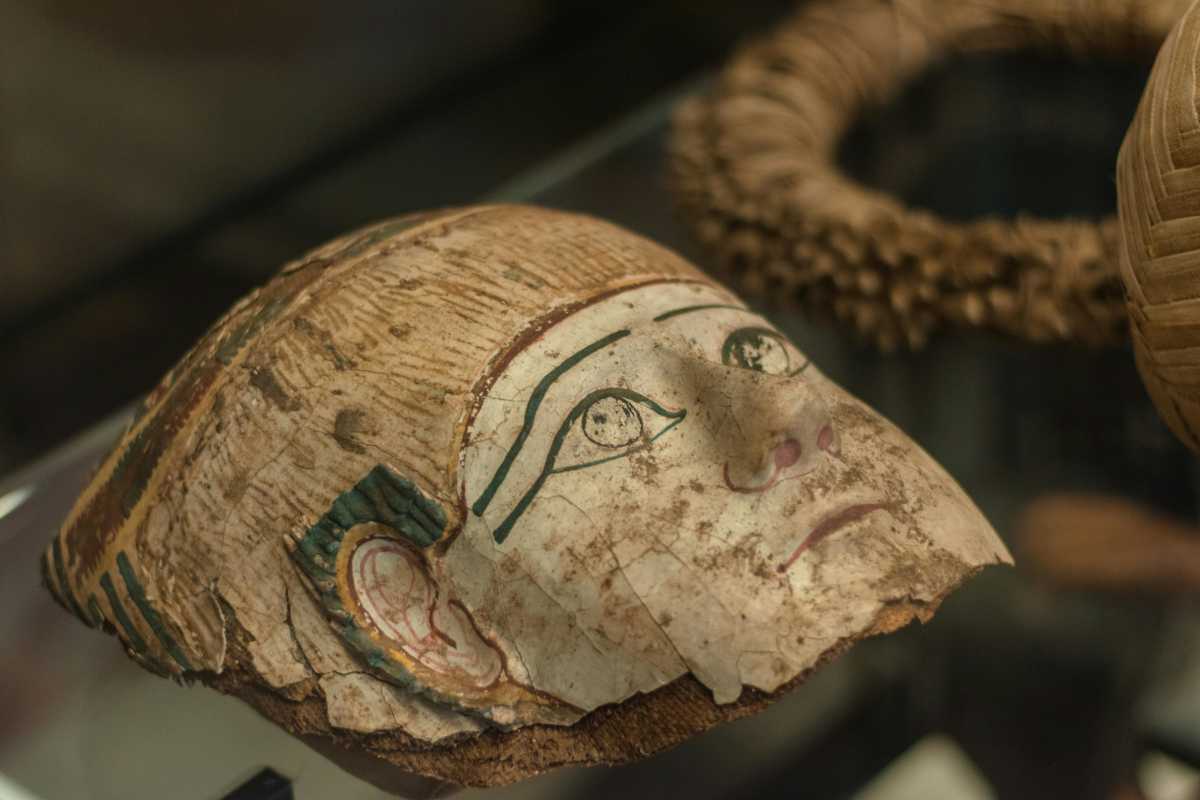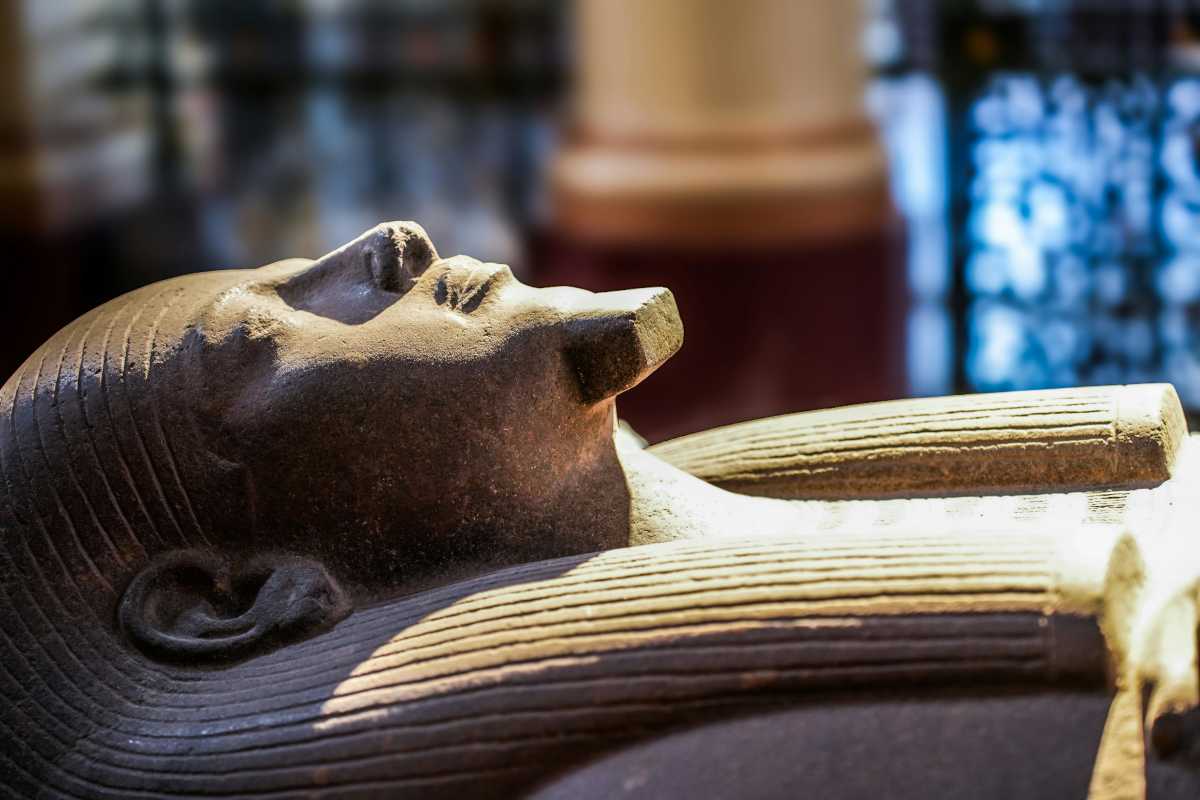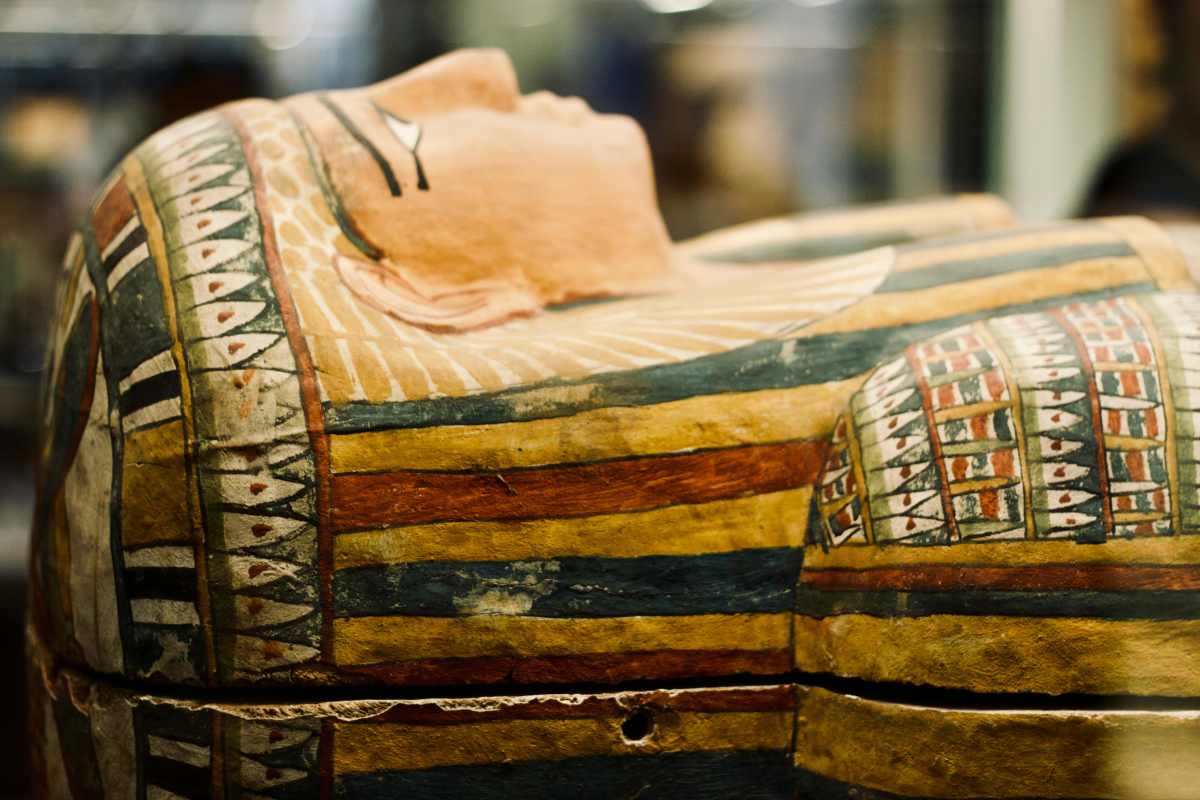Researchers digitally removed 'death masks' of four Colombian mummies and reconstructed their faces

Funerary masks on the Colombian mummies have always remained in the spotlight for archaeologists. Their life-like quality provides a strong connection to the past, which has become stronger with the recent unmasking, according to Archaeology Magazine. Scholars from Liverpool John Moores University's Face Lab, along with experts in Colombian institutions, conducted the unmasking. The results were declared in 2025 at the XI World Congress on Mummy Studies in Cusco, Peru. The mummies they unmasked were from pre-Hispanic groups in the Eastern Cordillera of the Andes.

The masked mummies
The Colombian mummies used for the unmasking date between the 13th and 18th centuries. At the time of examination, four mummies were preserved in the Colombian Institute of Anthropology and History's collection. Though the use of death masks is common in certain South American cultures, the masks on these four mummies stood apart. These masks were placed directly over the skull and covered both the face and jaw.
These four mummies belonged to two young men, a woman in her 60s, and a child aged between six and seven years old. Further investigation revealed that the mask was composed of maize, wax, clay, and resins. These masks also received enhancements from items like beads or ornaments. The manner in which these masks are created, as well as applied, makes all the original facial features stand out. Over the years, some of these masks have gotten damaged, but their life-like quality remains sustained.

What lies underneath the masks?
Researchers have not physically removed the masks from the mummies, according to ZME Science. They have performed virtual unmasking through cutting-edge digital reconstruction. Also, they are not claiming them to be accurate portraits, but anatomically faithful reconstructions. "What we present in terms of texture is an average representation, based on what we know of these individuals . . . but nobody is ever an average," Jessica Liu of Liverpool John Moores University's Face Lab shared, according to Live Science. Researchers have focused just on masks and remains for their reconstruction, because looting had deprived the graves of all archaeological context regarding the individuals.

To unmask the mummies, researchers ran CT scans to create a model of the skulls and used digital sculpting tools to layer muscles, fat, and soft tissue. In the case of two men, they used data from Colombian adults for sculpting. For women and children, such data was not available, so experts rounded the child's face with extra fat, and in the case of women, the layering was refined by hand.
For parts like noses, reconstruction was performed by measuring bones and contrasting them with digital archives of possible shapes. After setting the basic structure, they added other features, like eyelashes, freckles, wrinkles, and pores. It was described as the hardest step by the experts, as the facial tone was decided with respect to their origin region, and all of them were provided neutral expressions.

Importance of these masks
These masks reflect the complex cultural beliefs and artistic achievements of the communities that created them. It is clear that these communities had elevated technologically, and could use diverse materials in the masks for their cultural purposes. It is the first time the faces of these Colombian mummies have been unveiled, and with that, researchers and the public have a glimpse of a community whose cultural legacy survives through the brilliant masks.